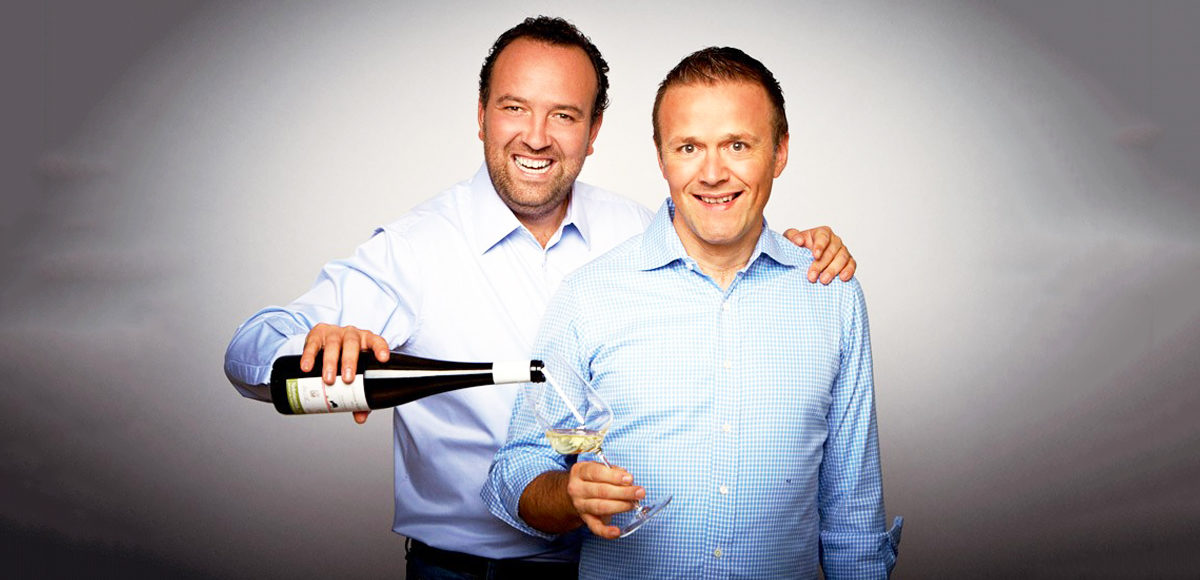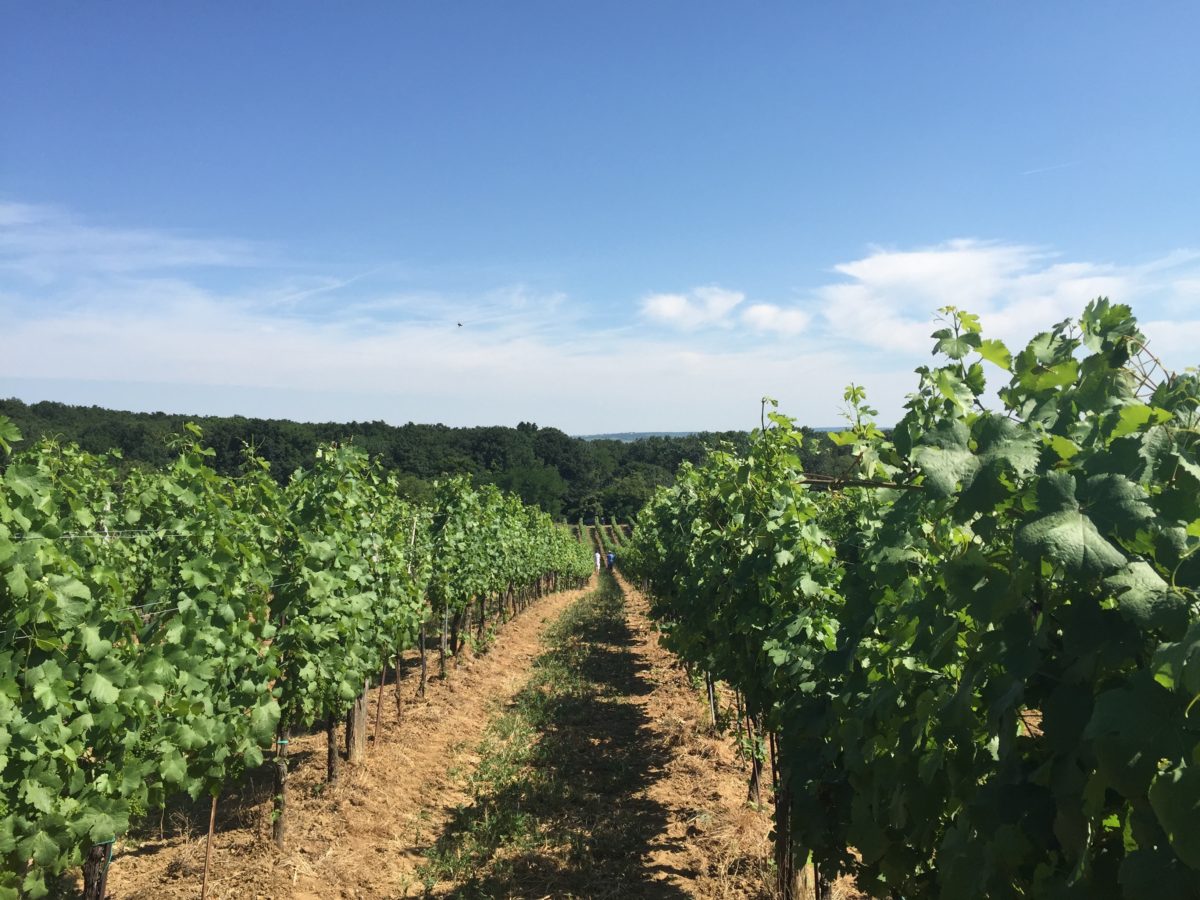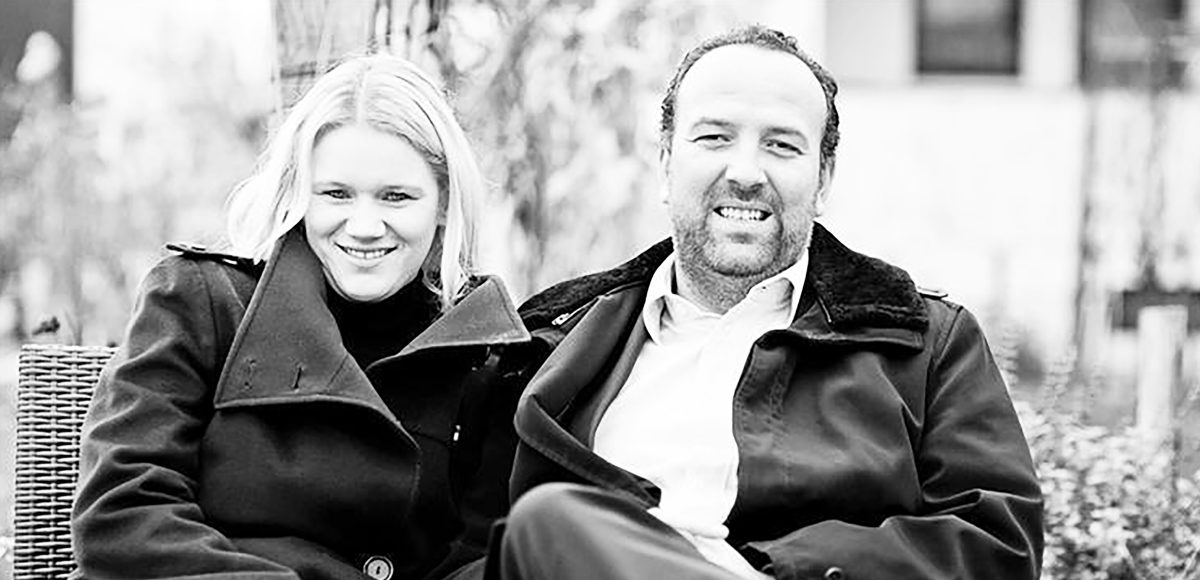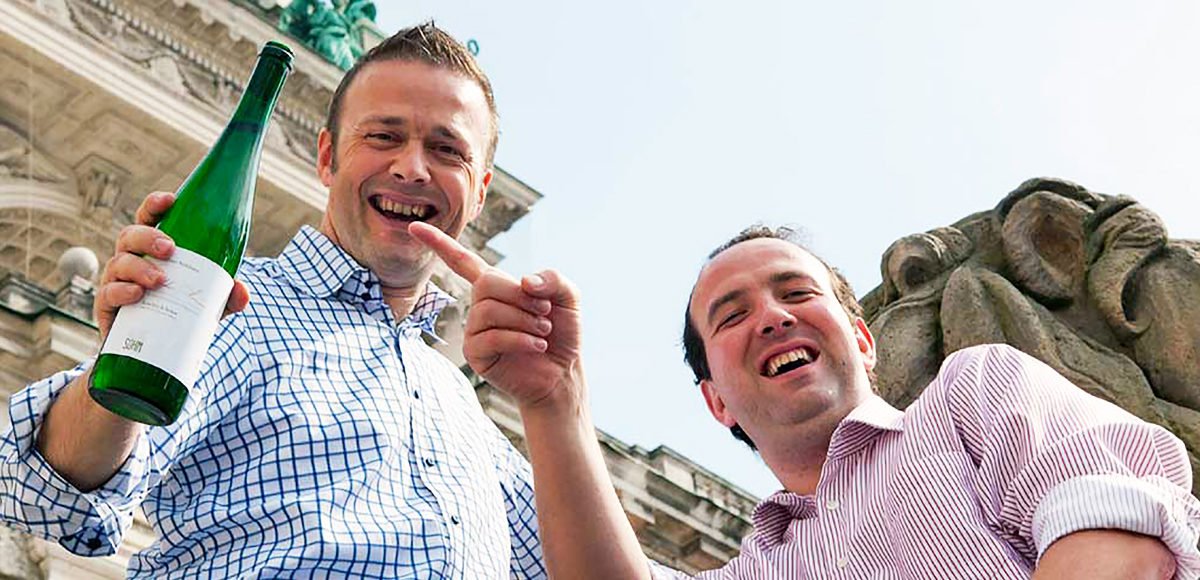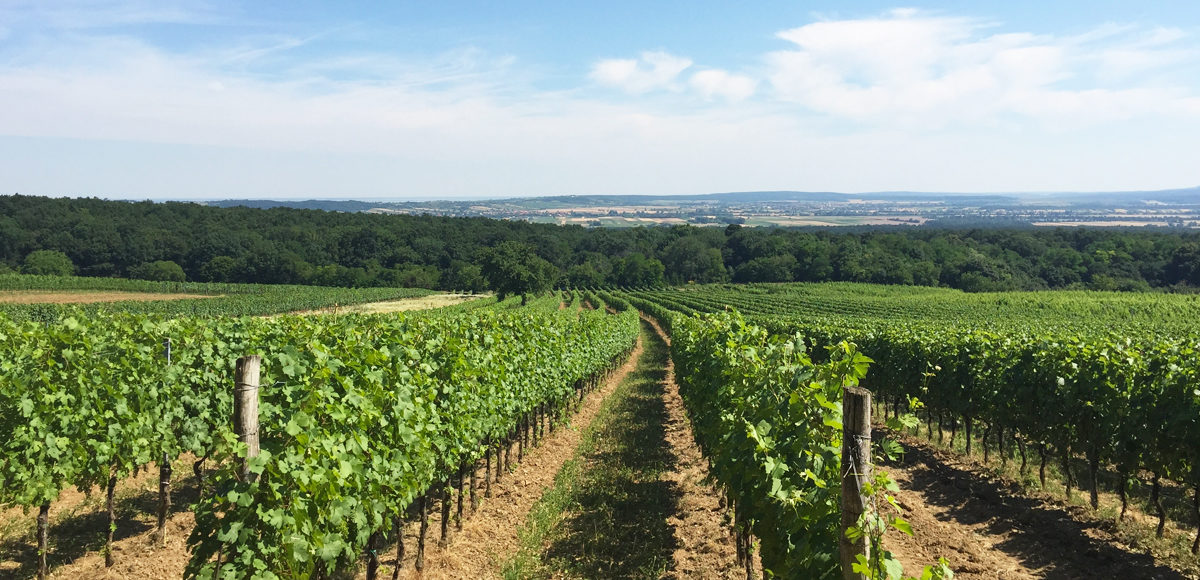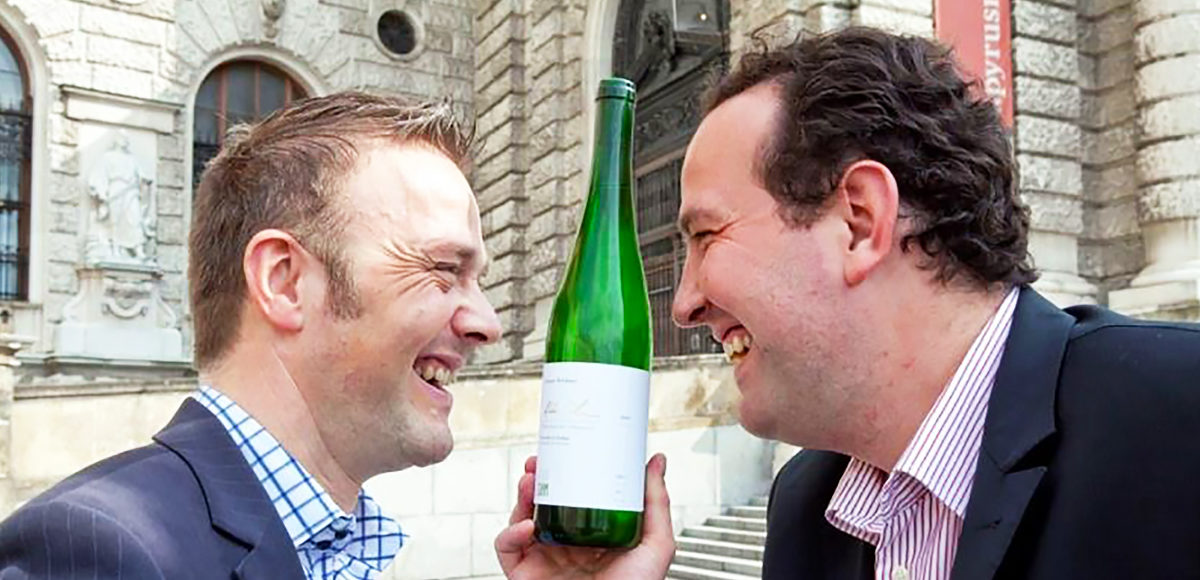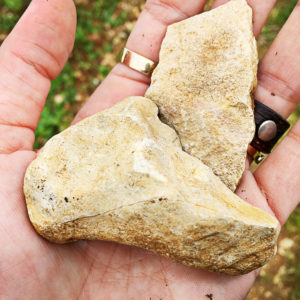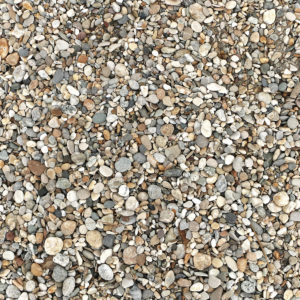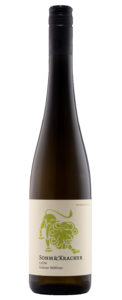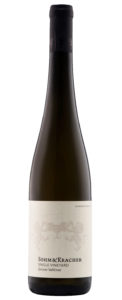“The wines are kind of a mirror of us. They are harmonic, they have freshness, they are deep, they need time to show their great character, they are not everybody’s darling, and they turn better with age.” — Gerhard Kracher
Aldo Sohm and Gerhard Kracher, two Austrians, first met in New York, in 2004. Their friendship was cemented over a shared devotion to great food and wine. It wasn’t long before they realized this love extended to the dry grüner veltliners of their homeland — and a desire to make them. A few years later, at a tasting, Aldo had an epiphany when he was asked by several winemakers to critique their wines: “I found myself thinking: I have never made wine! Who am I to criticize it?” Over a long lunch later that year, the Sohm & Kracher project was born. Given the strength of the partnership and shared vision, Aldo and Gerhard had little trouble honing their concept: grüner veltliner grown in the Weinviertel — a region they recognized as underestimated, given its old vineyards, diverse soils, and unique microclimate — and made in accordance with two basic principles: the wines should be (low to) moderate in alcohol and should never be unctuous in character. Since their first vintage in 2009 they have kept a sharp focus on grüner veltliner, even as they have widened the scope of exploration across sites and styles — from the brisk, peppery “Lion” to the Chablis-like “St. Georg.” They now work with several crus in the Weinviertel and one pure limestone parcel in the village of St. Georgen, Burgenland, almost directly across the Neusiedlersee from the Kracher family winery in Illmitz.
Aldo Sohm
“I caught the ‘wine bug’ at 19,” Aldo relates. “I was working in a restaurant as a server and two Swiss couples asked me every morning what to drink with their dinner that night. They were super passionate about wine, and in wanting to do right by them, I read [up on wine] during my afternoon breaks and stumbled upon the beginning of my career.” Soon after, Aldo enrolled in tourism school near his hometown in Tyrol. After graduating, he worked at restaurants throughout Austria, pausing only to fulfill his military duty and to study Italian in Florence. Aldo passed the official Austrian sommelier exam and then invested a few more years working and teaching in Tyrol. In 1998, he attended, but did not compete in, the World Sommelier Competition. What he saw there fascinated and frightened him, but he recognized that “my curiosity was stronger than my fear.” In 2002, Aldo won as Best Sommelier in Austria, a title he defended until 2006. He then moved to New York, in part to improve his English for international sommelier competitions. In 2007, he won Best Sommelier in America and joined Le Bernardin, New York’s longest-running four-star restaurant, as Chef Sommelier. He now serves as wine director at Le Bernardin and as head of the eponymous wine bar he opened in 2014. “I love to eat and drink, and being at Le Bernardin allows me to keep learning and pushes me to improve myself … It’s hard for me to imagine leaving the floor, so I’ve always looked for other ways to expand my knowledge in the wine world,” he notes. In his free time, he applies his energy and intensity to road cycling, tackling some of the most grueling courses in the Alps on his “vacations.”
Gerhard Kracher
Gerhard is the son of the late Alois Kracher Jr. — a profoundly influential force in Austrian winemaking. In the 1980s, Alois recognized that Seewinkl, home to the sweet wine-producing area of Burgenland where the Kracher Winery is located, had the climate and geography to make world class Trockenbeerenauslese. It took some clever efforts to convince the world that he had elevated Austrian sweet winemaking to a level worthy of their regard, but once he did, this otherwise unremarkable wine growing subregion has been inked on the map. Alois passed away in 2007, leaving the estate to Gerhard, who, fortunately, had already been deeply involved in its workings since age 19 and has ably maintained and his father’s standards in making some of the world’s top botrytised wines. Outside the cellar, Gerhard’s “always on the hunt for culinary treasures,” as well as fishing and cycling — though “not as professional as Aldo,” he quips.
The Weinviertel and St. Georgen in Burgenland
The Weinviertel (“wine quarter”) is a quintessential European landscape of rolling fields and vineyards dotted with tidy, attractive villages. It is quite large — easily four times the size of the Kremstal, for instance — comprising the northeastern corner of Austria, from the Czech border the Slovakian, from the edge of Kamptal and Wagram to the Vienna city limits. It encompasses a correspondingly broad range of elevations, climates, and soils. Although grüner veltliner has a fairly brief history here, it is undoubtedly the grape of the Weinviertel. Nearly half of all vineyards are planted to this variety, which gives a signature expression of white pepper and vibrant acidity distinctive enough to have earned it Austria’s first DAC. Soils here tend to loam, gravel, and limestone; the climate is cool, shielded from the heat of the Pannonian Plain by the Slovakian hills.
Burgenland, on the other hand, is better known for its noble sweet and red wines. But St. Georgen, near the low Leitha mountain range, is an exception — for more than one reason. This is the village where the second parent grape of grüner veltliner was discovered in 2000 (traminer is the mother vine, St. Georgen the father). The parcel Aldo and Gerhard work with is a cool, mid-slope site of pure Muschelkalk (shell limestone), characteristics that inspired them to make a beautifully textured, distinctly saline Chablis-style grüner veltliner.
Vineyards
Aldo and Gerhard partner with growers who cultivate a combined six hectares in both regions. “It was not so easy to find the right guy who owns this type of vineyard and farms it with our vision,” Gerhard has said. Vine age is an important consideration; it ranges from 10 to 25 years for “Lion” up to 40-plus for “Single Vineyard.” The first wine they ever made, the “Single Vineyard,” comes from a half hectare about 25 minutes northeast of Vienna, in Wolkersdorf. It’s a south-facing hill of chalk-rich soils. For “Alte Reben” and “Lion,” the vineyards are an hour north of Vienna, in various south-/southeast-facing crus spread over five hectares in the Pulkautal. For St. Georg, the grapes are sourced from the Muschelkalk soils of a southeast-facing 0.4 hectares at the foot of the Leithagebirge, in St Georgen. All vineyards are 100% hand picked.
In the cellar
Gerhard makes the Sohm & Kracher wines at the Kracher family winery in Illmitz, Burgenland. All fermentations are spontaneous and temperature-controlled. Fermentation vessel is determined the style objective of the wine. Gerhard’s philosophy on SO2 is a blunt “as much as needed.” All of the wines remain on the fine less until very shortly before bottling and are fermented bone dry. “Lion” spends seven to eight months in stainless steel and gives a classic expression of grüner veltliner’s primary aromas, brisk character, and potential for length. “Alte Reben” spends two years in 50% in stainless steel tank, 50% in used barrique for altogether greater length, breadth, and complexity. “St Georg” is raised in 1,000-liter cask and third-use barrique, yielding an amply textured and superbly gastronomic wine. “Single Vineyard,” raised in 1,000 or 1,500-liter Slavonian oak casks for 3 years, represents a truly exalted style for grüner veltliner. All of the wines are “quite reductive,” notes Gerhard, “So decanting is something I would always recommend. But these wines can also stay open for two or three days, no problem.” Gerhard believes the aging potential of the Sohm & Kracher wines range from five years for “Lion” up to 20 years for “Single Vineyard.”
